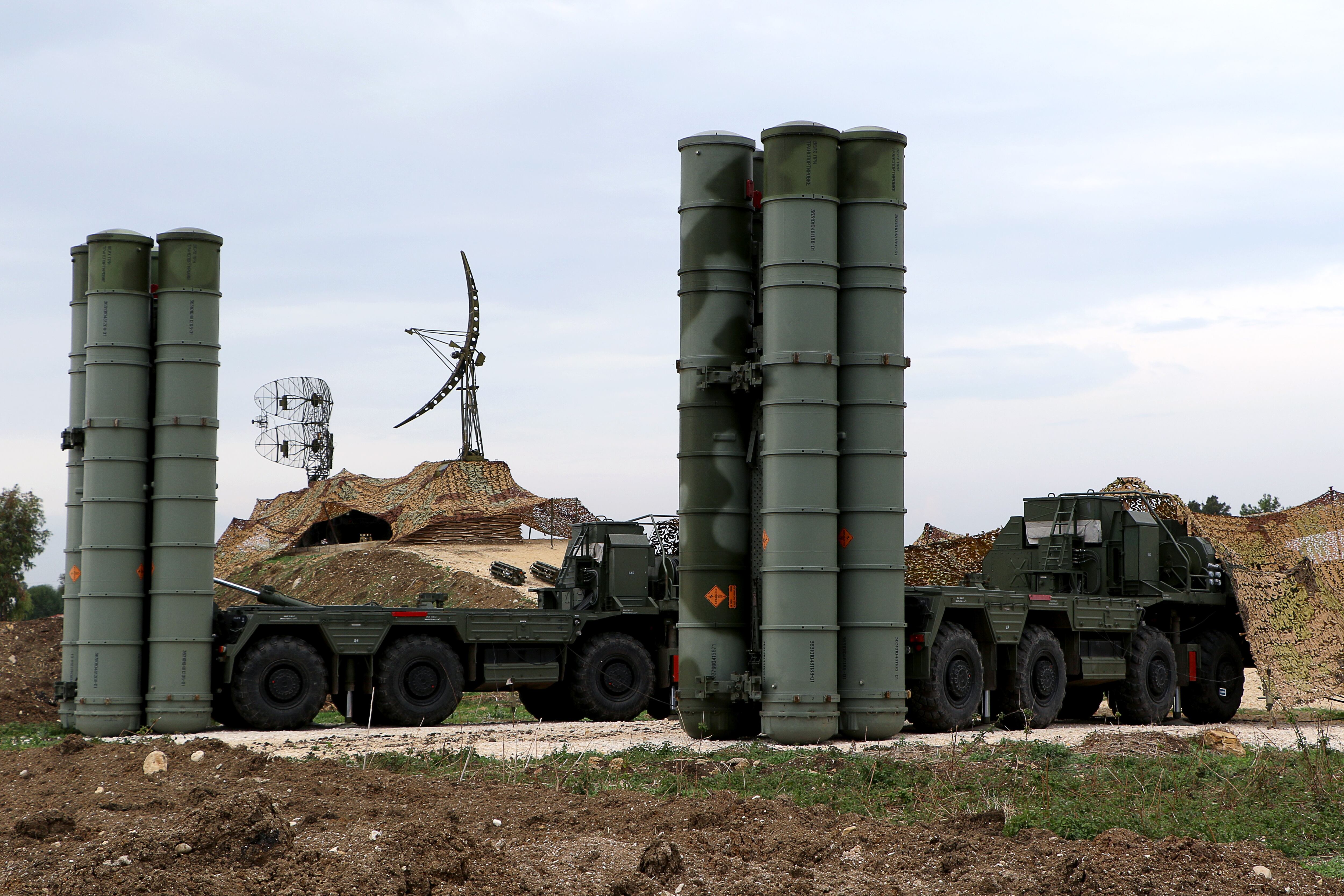NEW DELHI — India has quietly approved a $5.43 billion program to buy five S-400 Triumf air defense systems from Russia, just a week before Russian President Vladimir Putin’s Oct. 5 visit to the country.
The program was approved earlier this week by the Indian government’s highest defense approval body, the Cabinet Committee on Security headed by Prime Minister Narendra Modi.
When asked about India’s decision in relation to U.S. objections over the purchase, a top Ministry of Defence official said: “We already have communicated our stand on the subject to Washington.”
A formal government-to-government contract is expected to be announced during the 19th India-Russia summit on Oct. 5.
“Apparently, the Indian defense establishment is convinced that S-400 Triumf system is ideally suited to fill a critical gap in our existing capabilities. That being the case, there is no reason for India to buckle under the U.S. pressure to roll back procurement of hardware from Russia,” said Amit Cowshish, a former former financial adviser on defense acquisition for the MoD.
U.S. embassy diplomats were unavailable for comment.
Indian defense forces have been apprehensive about the fate of armament supplies from Russia following U.S. sanctions on Russian entities under the Countering America’s Adversaries Through Sanctions Act, or CAATSA.
India and Russia signed an intergovernmental agreement on the sale of five S-400 units during 17th India-Russia summit in October 2016 in Goa in the presence of Putin and Modi.
The Russian-built S-400 is capable of intercepting and destroying airborne targets at a distance of up to 400 kilometers (250 miles) and can simultaneously engage up to six targets.
RELATED

Each S-400 unit comprises tracking and search radar systems, eight launchers, 112 guided missiles, and command and support vehicles. The first missile system will be delivered by the end of 2020.
Further cooperation
India is also expected to announce a $2.2 billion government-to-government contract with United Shipbuilding Corporation of Russia for two Krivak-class stealth frigates.
In addition, an intergovernmental agreement will be inked for the joint production of AK-103 assault rifles in India.
U.S. sanctions against Russia compelled India early this year to freeze payments of more than $2 billion, temporarily halting several ongoing defense programs receiving assistance from several Russian defense original equipment manufacturers.
Until last month, CAATSA also affected India’s purchase of spare parts, components, raw materials and other assistance for which Indian entities are dependent on Russia for domestic licence manufacturing and maintenance of existing equipment, according to another MoD official.
Following an April 7 verdict by the U.S. Office of Foreign Assets Control, India’s national bank, the State Bank of India, stopped all payments to Russian arms trading company Rosoboronexport. “This [problem] is more or less rectified now," the official added.
India now wants a new 10-year framework agreement with Russia to manufacture and upgrade at least a dozen types of Russian armament systems in India, including for Sukhoi Su-30 MKI fighters, Mi-series helicopters, Kamov helicopters, T-90 tanks, artillery guns and Smerch multi-barrel rocket launcher systems.
Cowshish noted that India cannot afford to distance itself from Russia, if for no other reason than the fact that it requires Russia’s continued support to maintain and operate in-service equipment, a large proportion of which is of Russian-origin.
Russia remains the largest defense supplier to India, but its share of the Indian market has fallen sharply.
Vivek Raghuvanshi is the India correspondent for Defense News.






